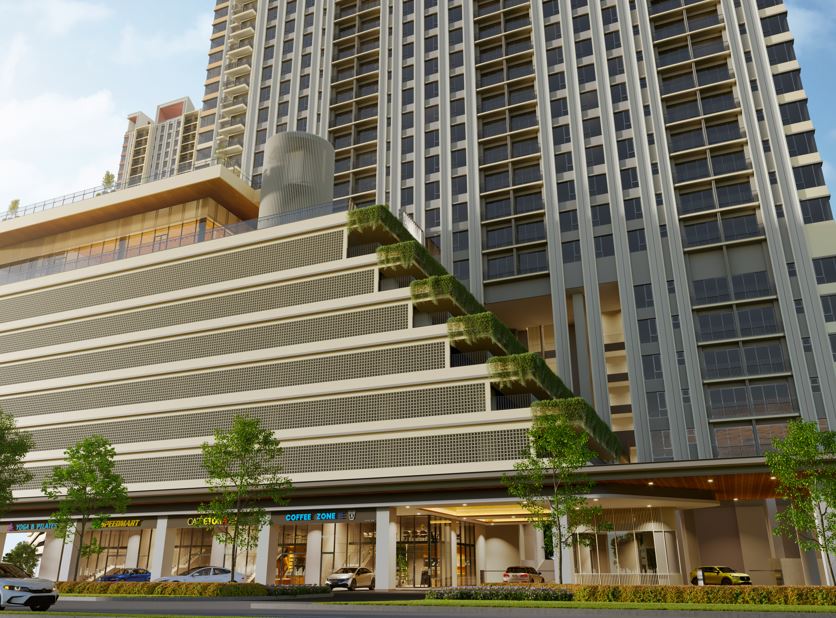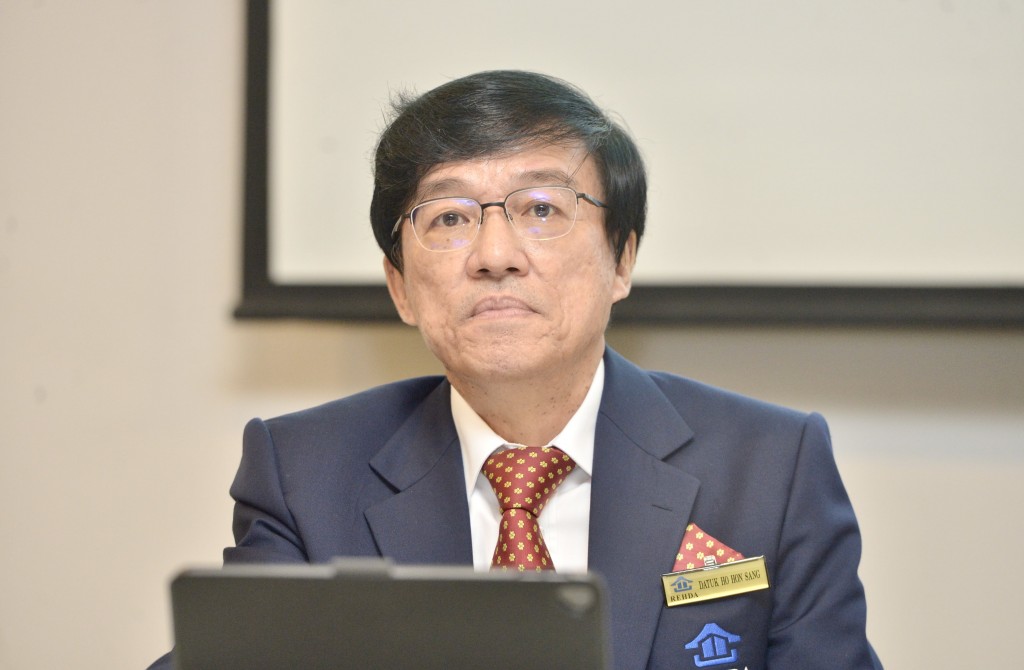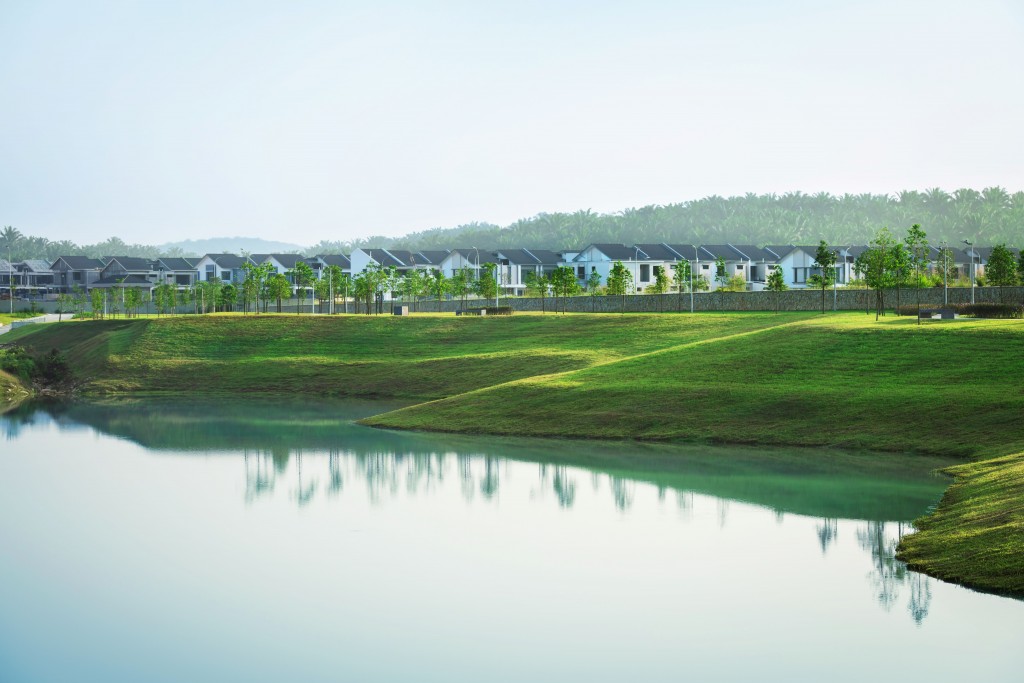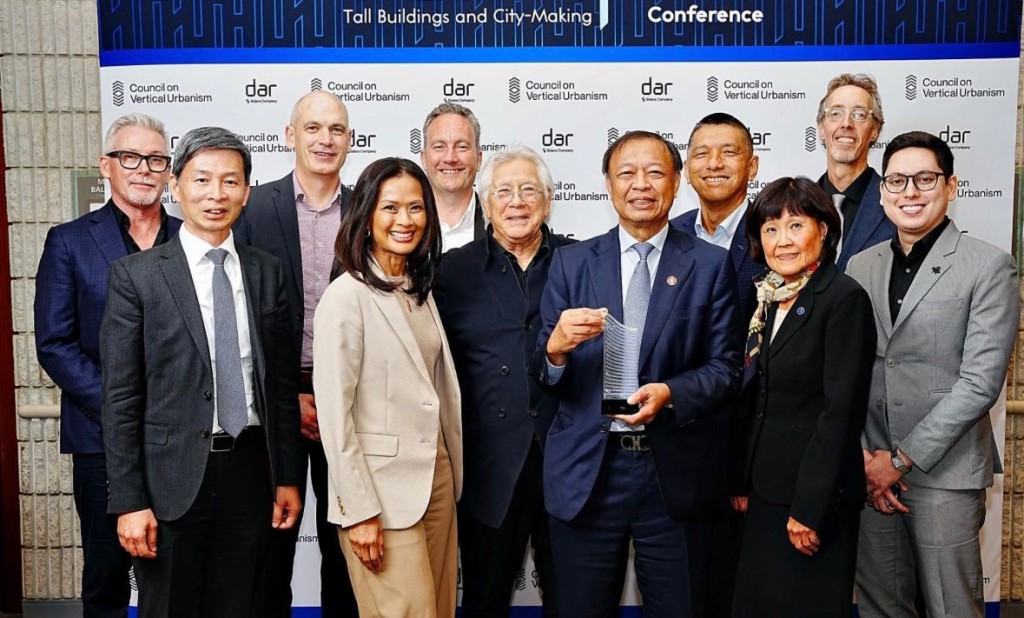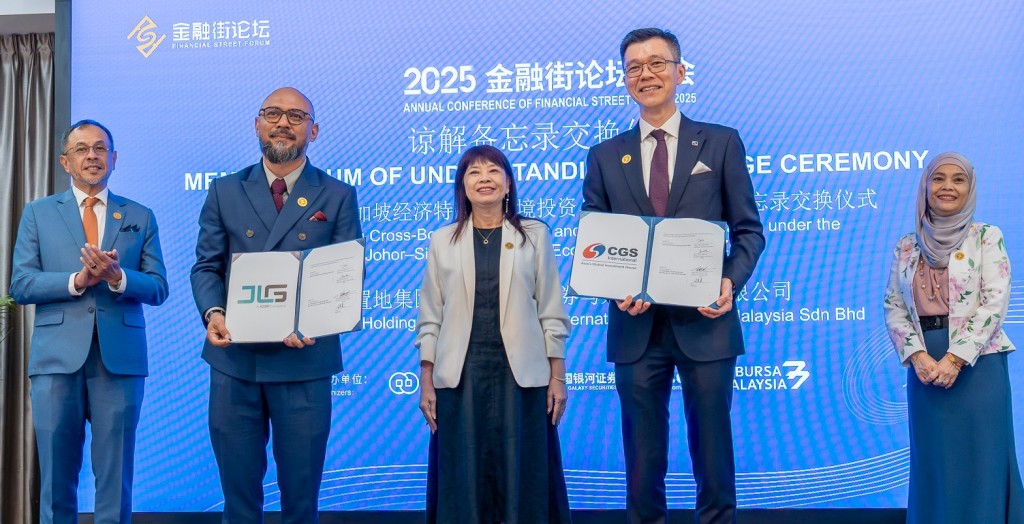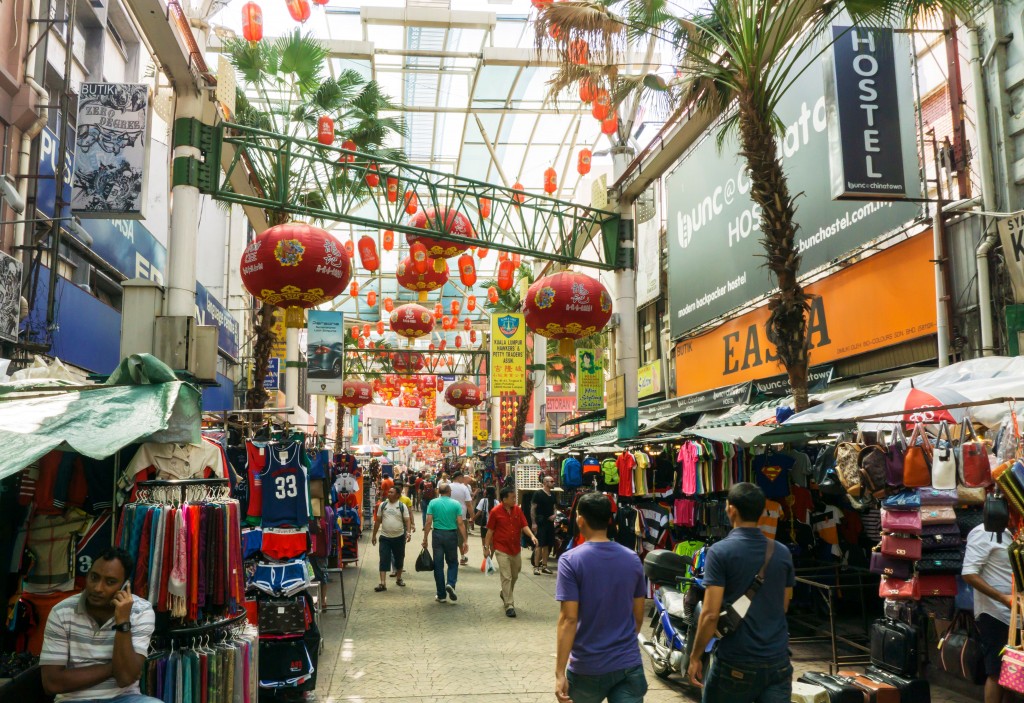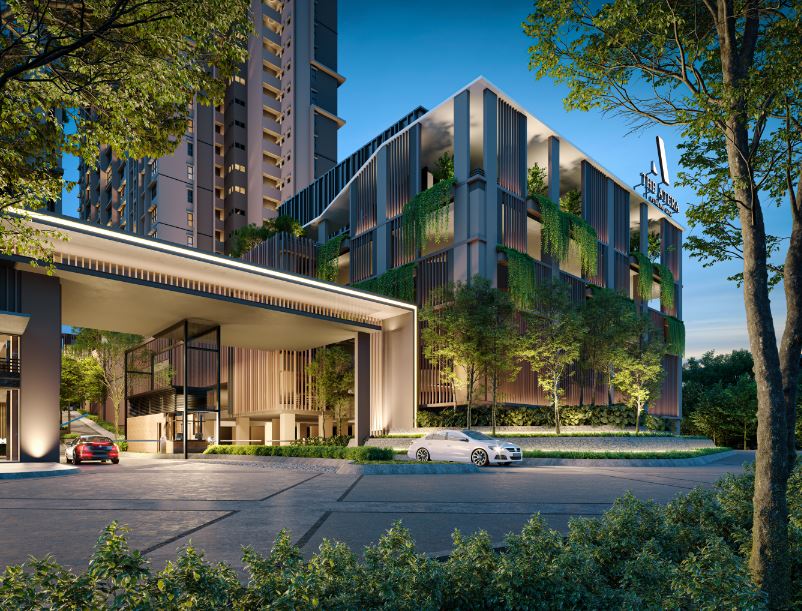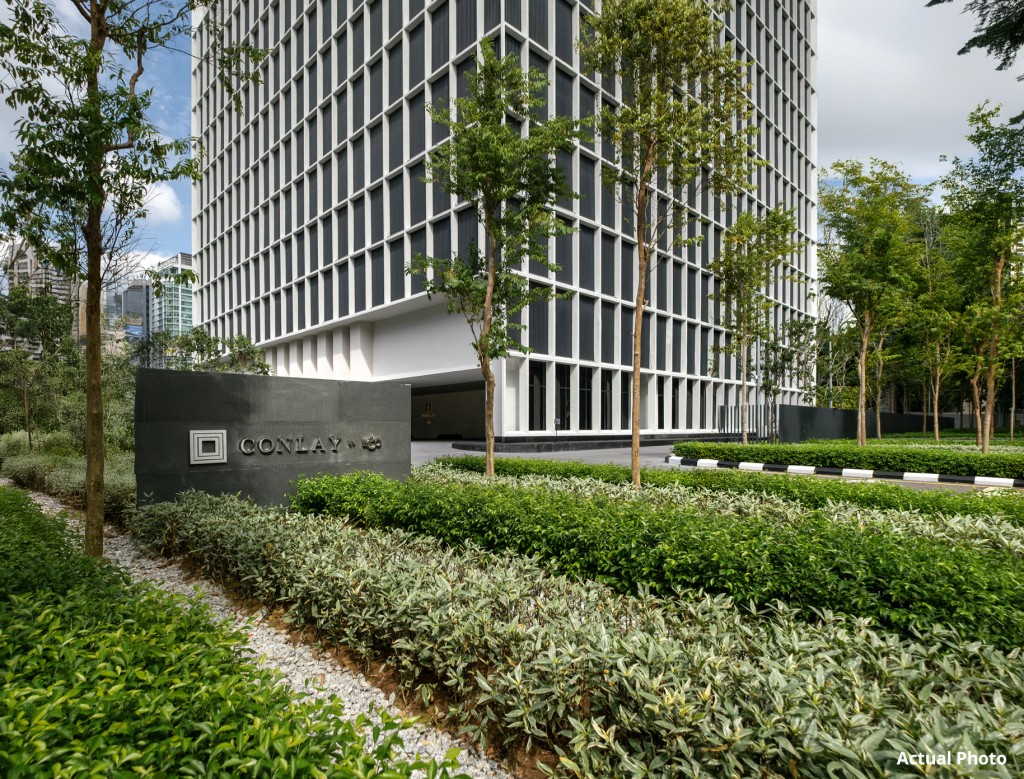
Chop Fong Kee in Kampung Baru Goh Hong is the favourite meeting place of the women in the new village. This is where they shop for groceries.
Villagers enjoy farming but say there must be other economic opportunities to attract the younger generation.
EVERY morning, the women would do their grocery shopping at the village sundry shop while the men gather at a shack to have breakfast.
This is a typical day for the villagers of Kampung Baru Goh Hong in Hilir Perak.
The shop and shack are their favourite meeting points.
While it may be a small village with only 50 houses, the 200 residents remain a close-knit community.
“About 90% of the villagers are from the Teochew clan, and it is a Teochew village,” he said.
Unlike new villages where houses are usually built in clusters, those in Kampung Baru Goh Hong are scattered far apart, with each house located within a smallholding or padi field.
A rice farm is 2.4ha while smallholdings are 0.81ha. The plots of land were allocated to the villagers during colonial times, said Tan.
The village was set up during the Emergency (1948-1960) and it is about 70 years old now. It looks rather deserted during the day and can be a bit scary at night.
One of the frequently asked questions from first-time visitors is one regarding safety.
“People may not be used to this type of environment but it is peaceful and we are used to it,” Tan said.
In fact, he said many villagers had bought houses 5km away in Langkap but chose to live in their village homes during the day to tend to their smallholdings.
“Their attachment to the village has never wavered.
“They come in full force to the village temple during festivals,” he added.
With development in the surrounding areas, the village is certainly not as remote as before.
It takes only an hour to drive to Ipoh, 90 minutes to Kuala Lumpur and about 30 minutes to towns such as Teluk Intan, Tapah and Kampar.
Tan said younger people liked to visit Kampar, which is known as a university town, as there are more cafes there.
The village chief is an Economics graduate from Universiti Utara Malaysia in Kedah and his wife is from Kampar.
Tan travels frequently to Putrajaya and Klang Valley, making day trips, thanks to the good connectivity.
With agro-tourism and cultural tourism gaining popularity, he said Kampung Baru Goh Hong and the three nearby new villages – Chui Chak, Palawan and Langkap – could be packaged into a tourism attraction.
“We have large tracts of padi fields in Kampung Baru Chui Chak.
“Our Langkap pau (steamed bun) is famous and the siew pau (baked bun) is crispy.”
He added that e-commerce was another business opportunity for the younger generation to explore.
While the socio-economic situation of this farming community is stable, Tan said there must be other economic opportunities to attract the younger generation.
“Those who live in the village have land for farming or oil palm cultivation.
“Jobs and business opportunities in other sectors here are not enough (for the younger generation) ,” he said.
Twenty-six-year-old Wong Jung Quan from Langkap said he was among the less than 10% from his 120 classmates who stayed on in Langkap or the villages nearby.
The rest left for big cities and Singapore to study and work.
Wong cannot complain as his job with a development company involves travelling to Kuala Lumpur and Penang.
While the people in Kampung Baru Goh Hong and other villages nearby continue to enjoy the rustic lifestyle, they realise that economic transformation is needed to rejuvenate their fast-ageing community.




